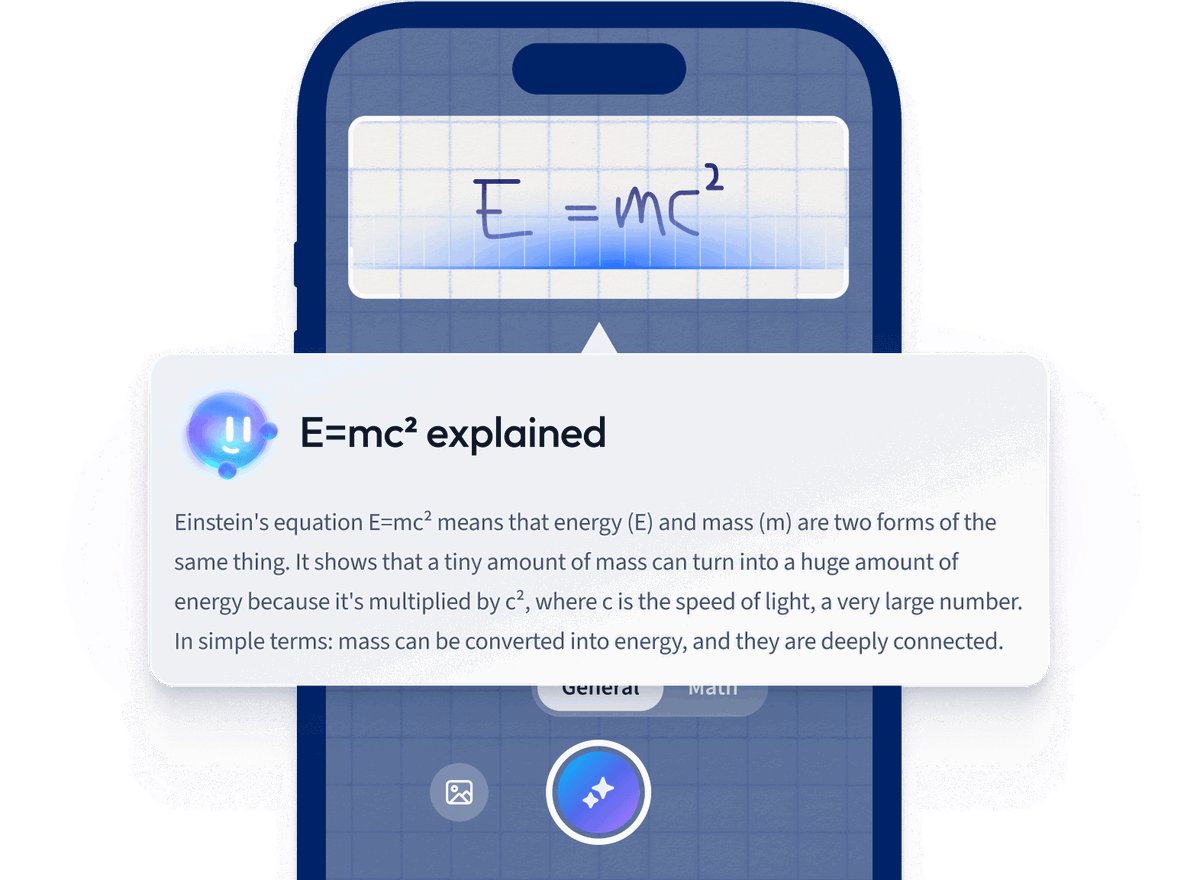What are the key features of Italian consonant clusters in segmental phonology?
Italian consonant clusters usually don't span more than three consonants in initial or medial positions and two at word end. They often present a C+C structure, with a notable avoidance of s + voiced consonants clusters, displaying instead s + voiceless consonant arrangements. Gemination (double consonants) marks semantic distinctions and is phonemically relevant.
How is vowel length treated in Italian segmental phonology?
In Italian segmental phonology, vowel length is not phonemic; instead, vowel durations vary more as a consequence of stress or the consonantal context. Therefore, it does not distinguish words in the same way that vowel quality does.
How does gemination affect phonemic contrasts in Italian segmental phonology?
Gemination in Italian creates phonemic contrasts by lengthening consonants to differentiate meaning. This doubling of consonant sounds affects the phonetic realisation and can distinguish otherwise identical words, making geminate pairs and singletons phonemically distinctive, contributing to the language's segmental phonology.
What influence does stress have on syllable structure in Italian segmental phonology?
In Italian segmental phonology, stress influences vowel quality by causing unstressed syllables to often have reduced vowels, while stressed syllables maintain full vowel quality. Stress positioning also impacts syllabic structure, dictating the likelihood of closed versus open syllables.
What roles do pitch and intonation play in distinguishing meanings in Italian segmental phonology?
Pitch and intonation in Italian segmental phonology are less central for distinguishing meaning compared to stress and vowel quality. However, they play significant roles in indicating sentence type (e.g., declarative, interrogative), emotional states, and speaker emphasis, rather than altering the segmental phonemic structure directly.










